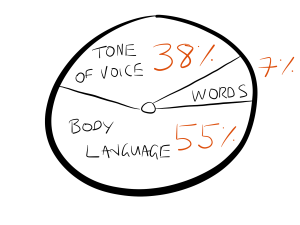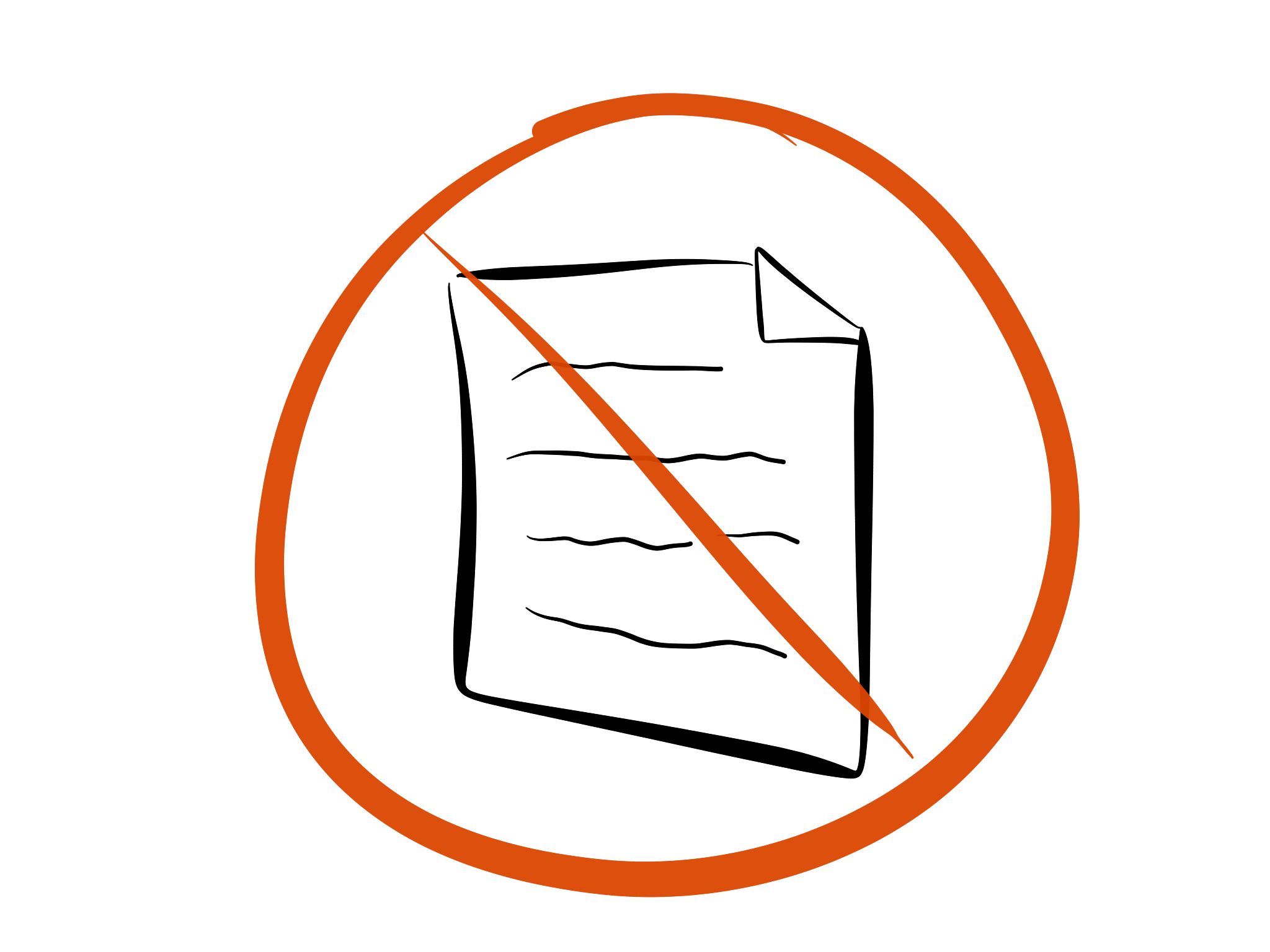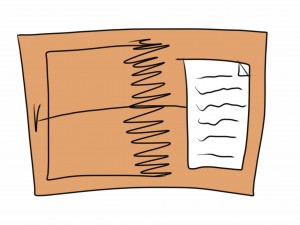What proportion of your working life do you spend working on documents? Reports, specs, plans, presentations, etc. The routine paraphernalia of knowledge workers. Paperwork.
It’s a trap. Isn’t it?
We become caught up in the trivialities of layout preferences, wrestling with MS Word settings, and distracted by inane presentation animations. And then there’s the dreaded group approval/sign-off process:
Can you change the font here please? I don’t like the grammar, a diagram, this detail, etc, etc…
We try to manage documents but they end up managing us.
Step back
It’s easy to confuse objects with what they represent. When we create a tangible object to drive an intangible outcome a subtle separation occurs. Our language and focus changes. Driving tangible outputs is easier than outcomes that defy hard quantification. So we busy ourselves with the process of producing things that can be measured and lose track of creating something of real value.
I recently had the privilege of participating in a debate over the ideas of Gregory Bateson with his daughter Nora, who has created a beautiful film portrait. Bateson reminds us that:
“A name is not the thing named.”
Similarly, we should view documents as a representation of what they describe. By their very nature imperfect, incomplete, biased towards a certain perspective, a product of time constraints as well as constraints in our ability to perceive and describe things as they truly are.

Purpose
So what were we really trying to achieve?
Thought experiment: If we couldn’t create a document how would we achieve the same outcome?
I’m not against documents. But I recognise that text on paper as a tool for providing information, building understanding, driving consensus, and describing complex concepts has its limitations. How many times have you laboured away to craft a document only for it to become obsolete the moment you have completed it? I know I have. I found it hard at first;
“What about this mammoth paper I’ve been slaving away over for the last three months?!”
The process of documentation drove the investigation, discussion, understanding, and finally consensus. That’s the good stuff. After it’s been internalised, the document might as well disappear like an Inspector Gadget note.
Some alternatives
Think of the documents as the working out; supporting information to be used selectively. The real thing of value is to drive some action or thinking. Keep the focus on that.
Breaking pre-conceived ideas, painting a picture of something new, capturing attention, provoking curiosity; no PRINCE2 document ever achieved these things. We need something richer than words, even spoken ones, to convey meaning. We need face to face activities:

- Interpretative dance (not really)
- Drawing
- Story-telling
- Gamestorming
These activities give us the chance to make our ideas stick with others. As Chip & Dan Heath put it, in order to be sticky, our ideas must be Simple, Unexpected, Concrete, Credible, Emotional, Stories (SUCCES).
So next time you’re tempted to create a document I challenge you to take a moment to think about what you are trying to achieve in doing so. And maybe try something different.

